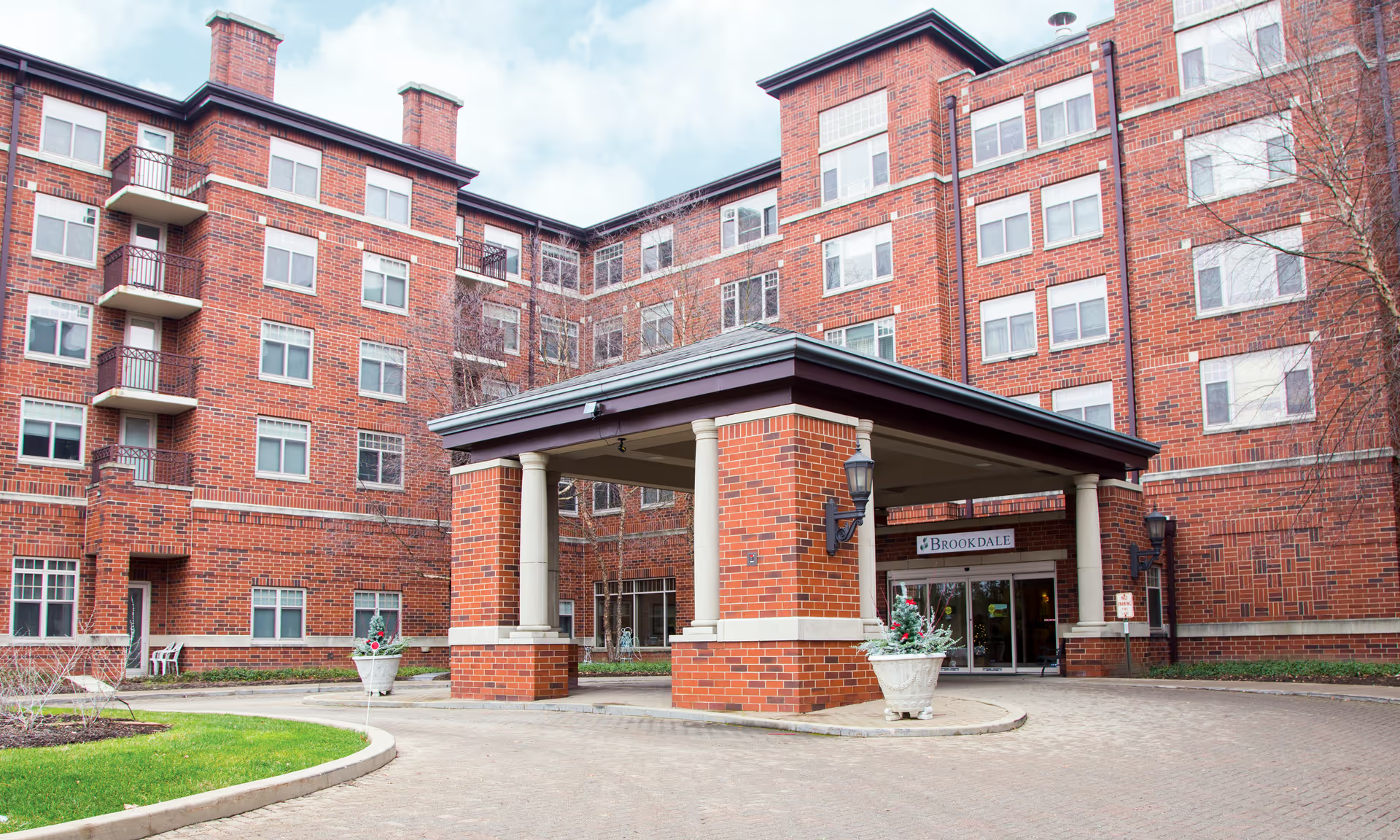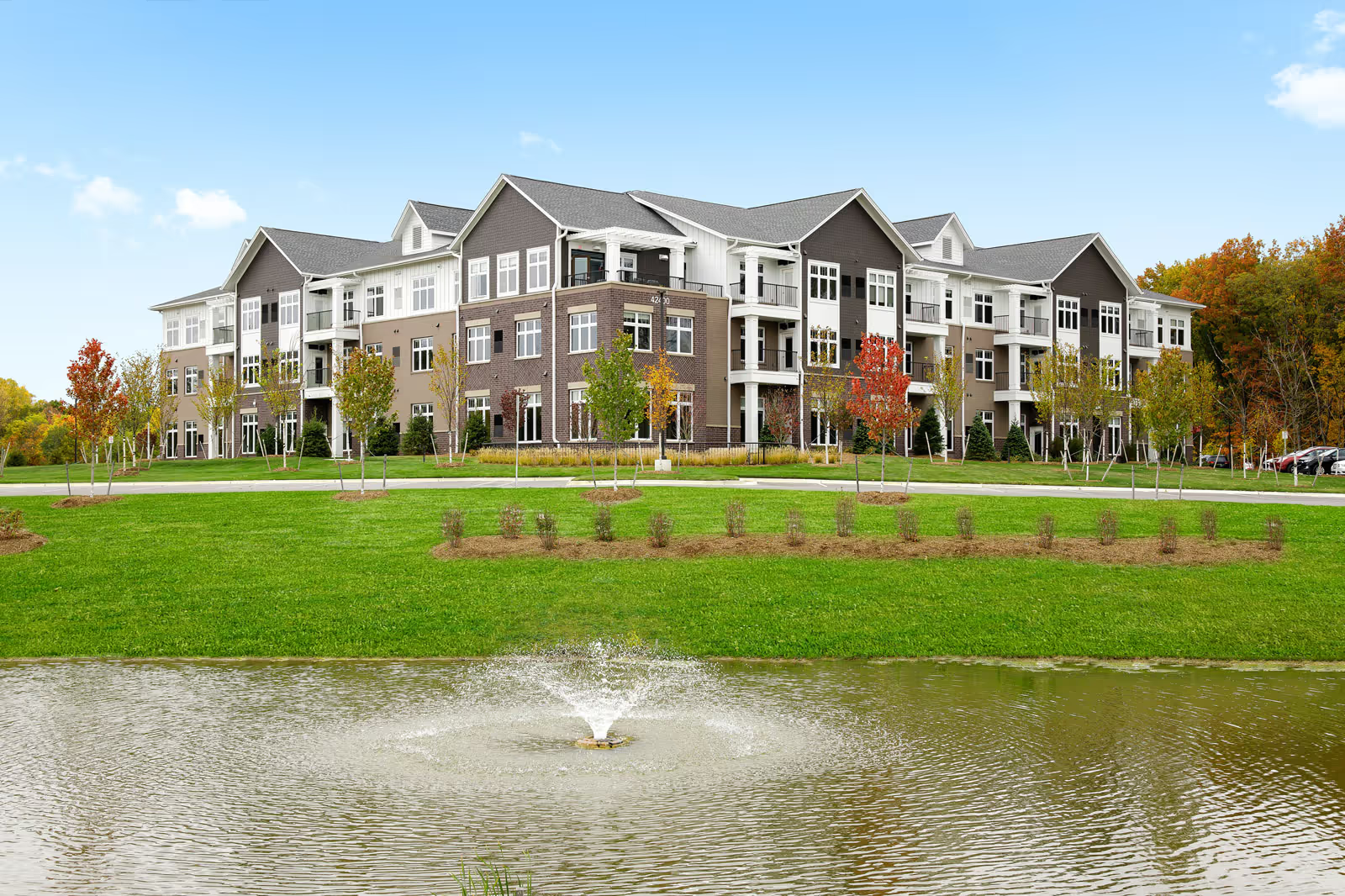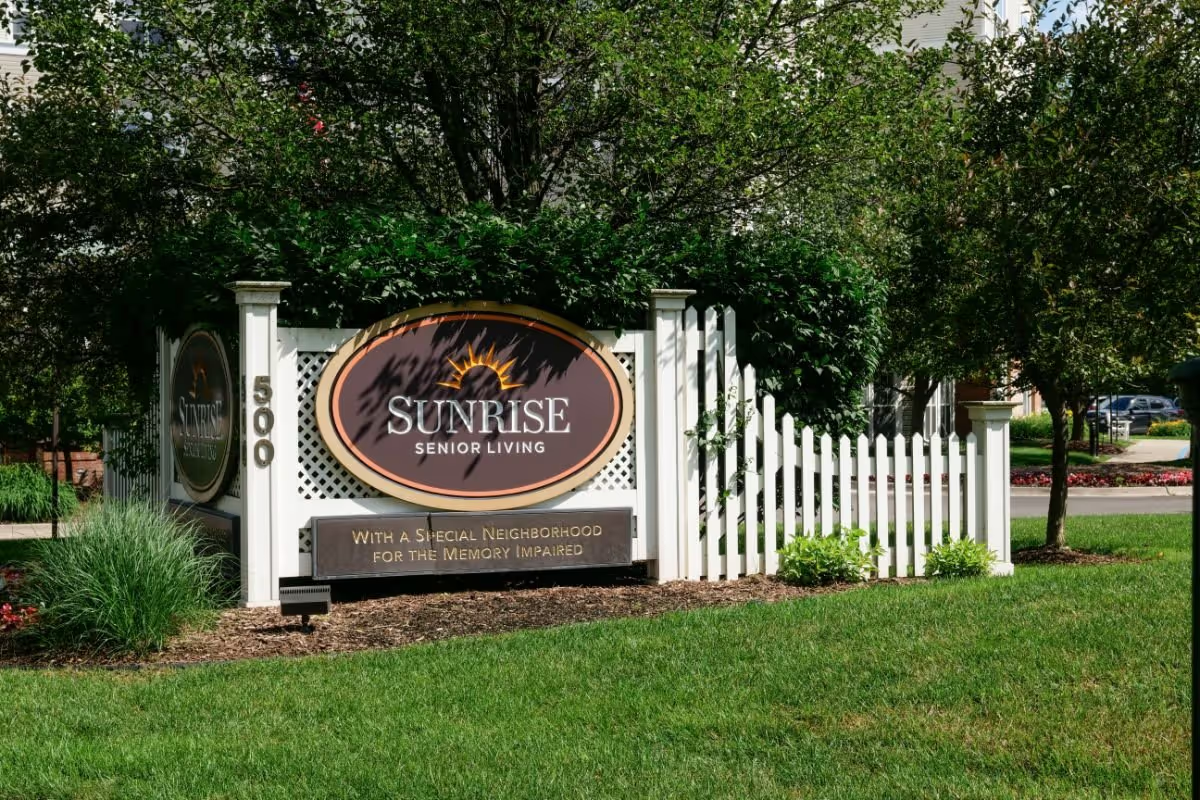Overall sentiment across the review summaries for Stanton Nursing and Rehabilitation Center is highly polarized. A substantial number of reviews praise the facility for compassionate, dedicated staff and a warm, home-like culture where nurses and aides treat residents like family. These positive reviews consistently single out the activities program—particularly the activities director Courtney Willoughby—for creating engaging events (proms, holiday celebrations, local news coverage) that boost resident morale and family confidence. Several reviewers also note competent medication administration, knowledgeable on-site rehab services, 24-hour care coverage, and strong relationships among staff, residents, and families. For many families, these strengths translate into peace of mind and the sense that residents are treated with dignity and kindness.
However, an important and recurring theme is inconsistency in care quality and management. Numerous reviews describe serious lapses: falls where families were not notified for many hours or at all, residents left on the floor, failure to mitigate known fall risks, and other safety failures. Several accounts describe neglect resulting in dehydration, pressure injuries (bedsores), severe constipation requiring hospitalization, initiation of hospice care, and even death. These severe incidents are coupled with reports of poor follow-up, lack of condolences or communication after adverse outcomes, and even billing after a resident's death. Such reports raise significant safety and accountability concerns that contrast sharply with the positive testimonials.
Staff behavior and professionalism appear to vary widely. Many reviews emphasize caring, hardworking nurses and CNAs who go above and beyond, treat residents like family, and create a positive environment. Yet other reviews allege staff yelling, unprofessional treatment of coworkers and residents, and even abuse. Multiple reviews mention staff shortages or disorganization—poor management, lack of appreciation for workers, or lack of basic supplies—that likely contribute to variability in day-to-day care. This mixed picture suggests that experiences depend heavily on specific shifts, personnel, or units within the facility.
Activities and community engagement are clear strengths in the positive reports. The activities program, volunteer involvement, and special events are repeatedly praised for improving residents' quality of life and social engagement. These programs appear to be well-planned and meaningful to families, and they help humanize the facility beyond clinical care. Reviewers credit activities with making residents smile more and helping families feel reassured about the social environment.
Facility maintenance and hygiene receive mixed feedback. Several reviews describe the facility as generally clean and home-like; others report odors (urine/fecal), overcrowding, shared rooms, and occasional filth. Some negative accounts mention lack of basic supplies and poor sanitation that directly impacted resident comfort and dignity. These divergent observations further highlight variability in standards between different times or areas of the facility.
Clinical services and rehabilitation are similarly inconsistent in reviewers' accounts. Some families praise the on-site rehab services and knowledgeable staff, while others report that therapy was not provided, labs delayed therapy, or residents experienced rapid clinical decline under the facility's care. Competent medication administration is mentioned positively in some reviews, but other accounts raise concerns about refusal of basic assistance (e.g., bathroom help) and poor wound or skin care.
Management, communication, and accountability emerge as critical issues. Positive reviews mention encouragement to speak up and staff who quickly resolve problems, while negative reviews frequently cite very poor communication, failure to notify families about incidents or infections, and perceived lack of managerial oversight. Reports of billing errors and failure to acknowledge or communicate after adverse events point to administrative weaknesses that compound families' distress.
Patterns and recommendations based on these reviews: the facility appears to have significant strengths in staff compassion, activities programming, and pockets of good clinical care, but also serious and recurring weaknesses in safety, consistency, communication, and facility operations. Prospective families should be aware of the polarized experiences reported and consider direct inquiries before placement: ask about recent regulatory inspections and outcomes, staffing levels and turnover, fall prevention and incident notification policies, infection control practices (including COVID protocols), wound care and nutrition plans, and how the facility handles family communication after incidents. Visiting at different times and speaking with multiple families currently using the facility may help assess consistency. Finally, continued monitoring of care quality and timely escalation of concerns are advisable given the reports of severe adverse outcomes when lapses occur.
In summary, Stanton Nursing and Rehabilitation Center demonstrates both notable strengths and alarming weaknesses. When things go well, reviewers describe a compassionate, activity-rich environment with staff who genuinely care; when things go poorly, the reported consequences are serious and include neglect and communication failures. The reviews collectively point to a facility that can deliver excellent, person-centered care in many instances but also has systemic and episodic problems that families should carefully evaluate and monitor.







